If Antarctica is the driest continent, how do we get water for the 1200 people that live in McMurdo? Do we take all the water drops that schools are sending us and magically turn them into drinkable water drops? Do we melt the snow that's all around us? Do we fly it in? Do we bring it in on ships? No! Instead, the station simply uses water from the ocean half a mile away! What's wrong with this water though?
Yes, it's salty and not quite clean enough. Luckily, we have a water desalination plant that comes to our rescue. Img_4751.jpg The water desalination plant in McMurdo
This plant heats, pressurizes, desalinates, and treats the water so it is safe for us to drink and for the pipes to deliver. In the end it makes about 60,000 gallons of drinkable fresh water every day. Last week I took a WATER DROP from the 8th graders at Sacred Heart School in Saratoga on a tour of this magical place.
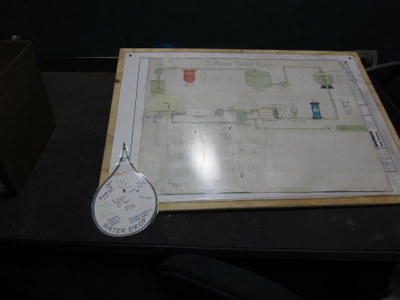
The first step of this process is to heat the water. Heat from the waste heat recovery system is used to heat the incoming salt water from 28 degrees Fahrenheit to 37 degrees. Then two filters, a 25 micron and a 5 micron filter, filter out floating particles so our water is nice and clean. Next, a booster pump and an energy recovery turbine increase the pressure of this cleaned, warmer water from about 40 psi to 700 psi. Why does this need to be done?
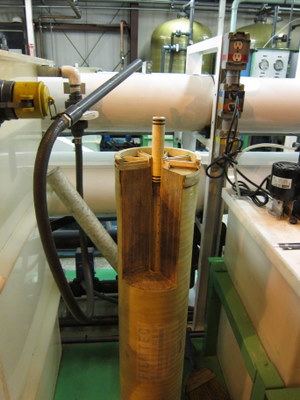
This helps with the next step, reverse osmosis. In reverse osmosis, pressure helps the water pass through 24 membranes of an aromatic polyamide.
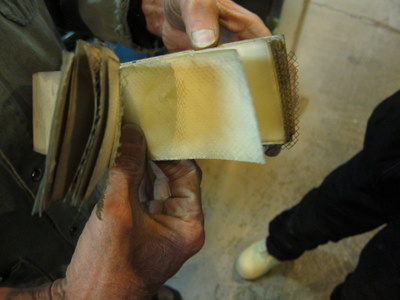
In this process the salty water stays on one side of the membranes while the clear freshwater squeezes through the membranes and out a pipe.
Before it is healthy for humans to drink and safe for the pipes to transport, a couple of things still need to be added. Chlorine is added as a disinfectant, then calcium carbonate from limestone is added so it tastes good and is healthier, and last soda ash is added so it achieves the right pH. Once those elements are added the water is ready for drinking.
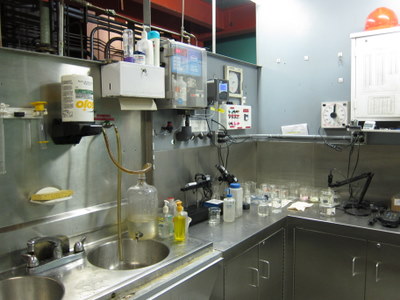
In the end the system produces 1 gallon of fresh water for every 3 gallons of seawater taken in. There are also two units in case one breaks or needs fine tuning or the membranes in the reverse osmosis chambers need to be replaced.
Like many things in McMurdo, this plant has undergone various revisions. Way back in 1962, a nuclear power plant was used to heat and pressurize the water. That was replaced in 1973 by 500 kW diesel powered generators which required about 1000 gallons of fuel for the boiler. A further refinement introduced this heat recovery system so that now only about 100 gallons of diesel fuel are needed and most of the energy used to pressurize and heat the system is obtained from the cooling system from our power plant.
The final step of the conservation issue is changing the habits of us humans. Some habits have already helped save water. The water desalination plant saw one reduction in the water demand when the galley workers stopped running cold water over their meat to thaw it. Now they let it soak in water. The plant saw another reduction when waterless urinals were installed in the men's bathrooms.
What will help us conserve even more water or energy? Will the signs proclaiming, "shower only every 2 days" help us save a few of these laboriously heated, pressurized, and treated drops of water?
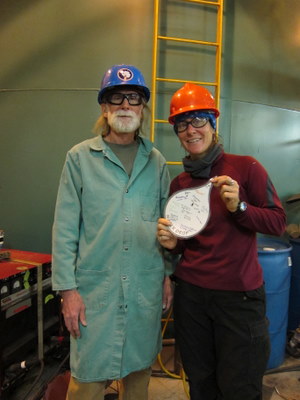


Comments